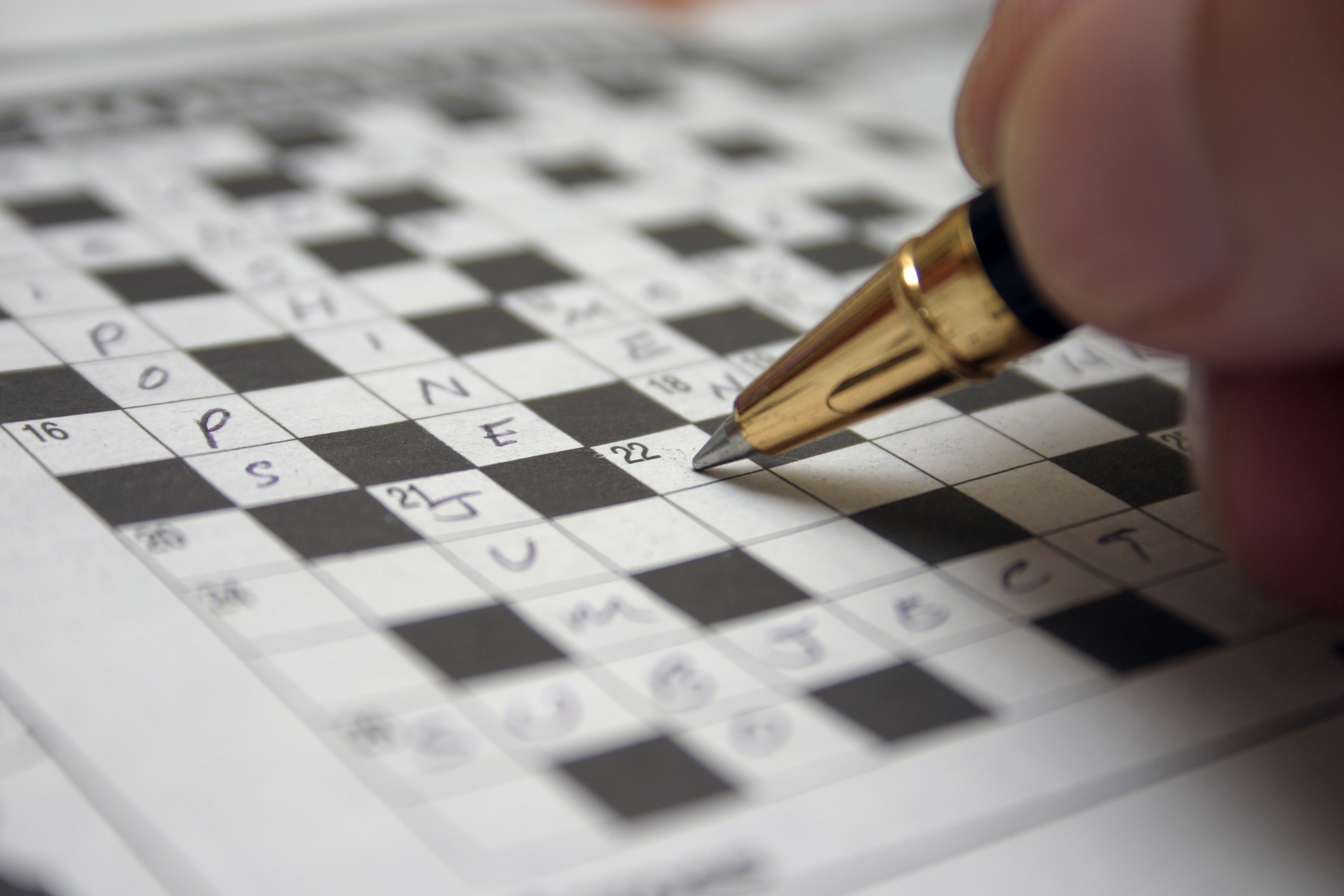Tip of the week: How to shoot wildlife—with a camera
Use low sunlight; Keep it simple; Compose the shot; See eye to eye
Use low sunlight. The ideal times for outdoor photography are from dawn until 9 a.m. and from late afternoon until dusk, as they provide the “best natural light” and shadows that add drama.
Keep it simple. While it’s good to include some of the animal’s environment, don’t overdo it. Too many rocks and trees make
a photograph “look cluttered” and distract from the main subject.
The Week
Escape your echo chamber. Get the facts behind the news, plus analysis from multiple perspectives.

Sign up for The Week's Free Newsletters
From our morning news briefing to a weekly Good News Newsletter, get the best of The Week delivered directly to your inbox.
From our morning news briefing to a weekly Good News Newsletter, get the best of The Week delivered directly to your inbox.
Compose the shot. Practice the “rule of thirds,” a basic principle of photography. Try to visualize “three horizontal and three vertical lines” across the frame and place the subject at one of the intersections.
See eye to eye. Stoop down to the animal’s eye level, and you can catch the light needed to brighten up its eyes. One caveat: Distracting the animal may be a quick way to secure the shot, but most nature photographers consider this unethical. The point is to depict the creature in its normal routine.
Source: Backpacker
A free daily email with the biggest news stories of the day – and the best features from TheWeek.com


